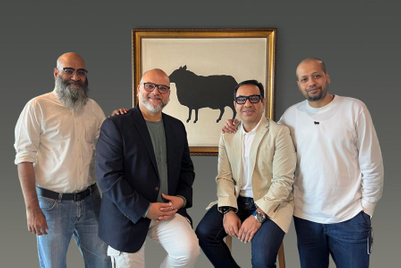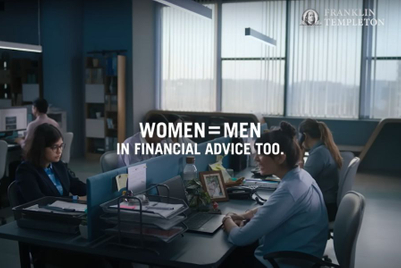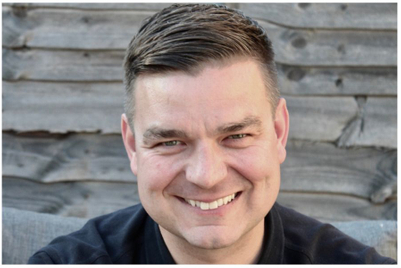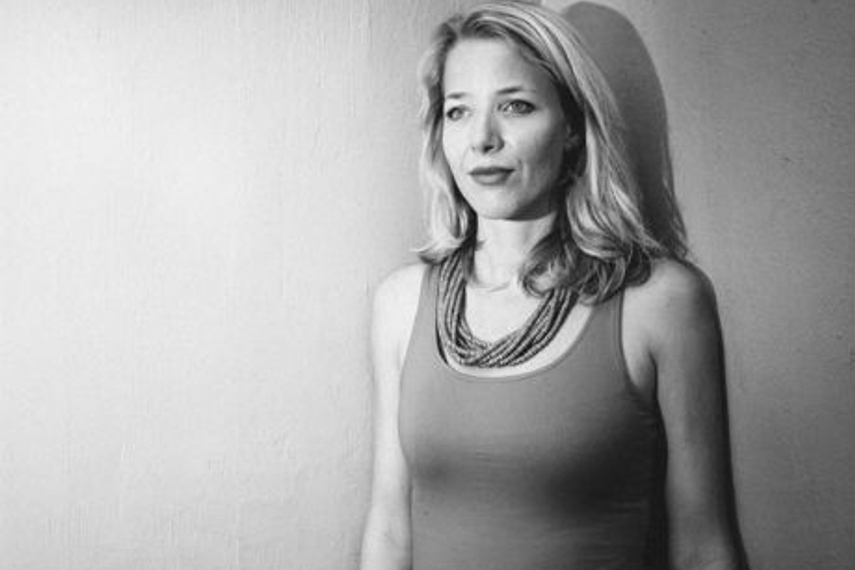
Since its launch in 2012, Tinder has become hugely popular in Asia and the rest of the world. The matchmaking service enables people to search for a partner with a few simple and quick smartphone swipes. Most of the more traditional online dating services, like Match.com and Meetic.com, use algorithms to sort through people’s detailed profiles and create love matches. Tinder now speeds this process up by allowing people to upload a few Facebook profile pictures and empowers them to select their own matches. The search for love is entirely in their hands.
Tinder’s very simple swipes to the right (for a yes) and to the left (for a no) have turned out to be incredibly addictive, even for people in long-term relationships, whom you might assume aren’t looking for love. The answer? However unkind it may seem, passing judgment in a rather superficial way is enjoyable and even refreshing. Many people share this viewpoint; Tinder now sees around 1.5 billion swipes and 21 million matches a day. The digital dating service is bigger than many other well-established matchmaking brands.
The reason for Tinder’s attractiveness may indeed be the instant gratification that the swiping function offers. Many other matchmakers like Happn (for people that have recently crossed paths with each other), Loveflutter (for quirky lovers only), Hinge (for friends of friends) and Cute or Not (for dog owners and their pets) have copied the swiping mechanism already. Doesn’t everyone want to know who is attracted to him or her, especially amongst the subset of people they are attracted to? It works similarly to posting things on social-networking sites where most of us are longing for likes and comments. Likes on Tinder, or rather ‘right swipes’, may be even more appealing, as they acknowledge and approve of your looks, something that often brings people to emotional highs.
Tinder widens a person’s social circle, with potential lovers meeting in person relatively quickly after first contacting one another. It fits particularly well with today’s fast-moving times and people’s desire to get the most out of every minute. It brings the search for the perfect lover back to pre-digital times, when we often knew very little about our dates and judged our first impression on physical appearance and chemistry.
Categories that also have visual appeal at their core, such as the fashion and beauty industry, could learn from Tinder’s success story. It’s interesting to note that the beauty industry, which is often seen as a pioneer of innovation, is the one that looks to be following in this case.
The fashion industry is already trying to get its share with Tinder-esque shopping apps like Grabble, Stylect and Mallzee. The latter allows people to search in a simple and engaging way through 100 fashion retailers and invites their friends to play the role of ‘fashion police’ with a voting option. Mallzee remembers people’s preferences and style so that the searching process doesn’t get overwhelming or time consuming. Like Tinder, it mimics elements of an offline experience, where after a quick browse, friends’ feedback is given and ruthless decision-making occurs.
Many more Tinder-inspired fashion apps are in the making, but what’s next? Will the beauty industry follow too? And how would this work? As much of the beauty industry is based on the same kind of physical validation as Tinder, will we soon be able to quickly browse and swipe for a lipstick while on the go and ask our friends whether it works with the dress in our online shopping bag? Or search for the perfect hairstyling product and ask others to rate our new look?
Alternatively, will beauty brands team up with Tinder to understand make-up preferences by analysing swipes and matches? Gillette was the first to try, and tested its grooming hypothesis just by looking at Tinder data.
Tinder may have already revolutionised the way we search for love in the 21st century, but its effect on the fashion and beauty industry has only just begun.
Nelise Doornenbal is project director with Flamingo
(This article first appeared on http://www.campaignasia.com)


.jpg&h=334&w=500&q=100&v=20250320&c=1)
.jpg&h=334&w=500&q=100&v=20250320&c=1)


.jpg&h=334&w=500&q=100&v=20250320&c=1)


.jpg&h=334&w=500&q=100&v=20250320&c=1)

.jpg&h=334&w=500&q=100&v=20250320&c=1)


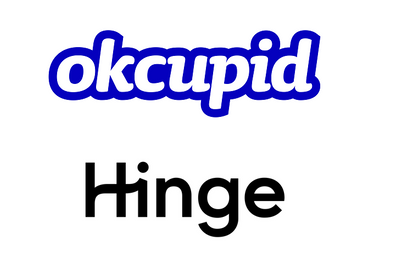

.jpg&h=268&w=401&q=100&v=20250320&c=1)
